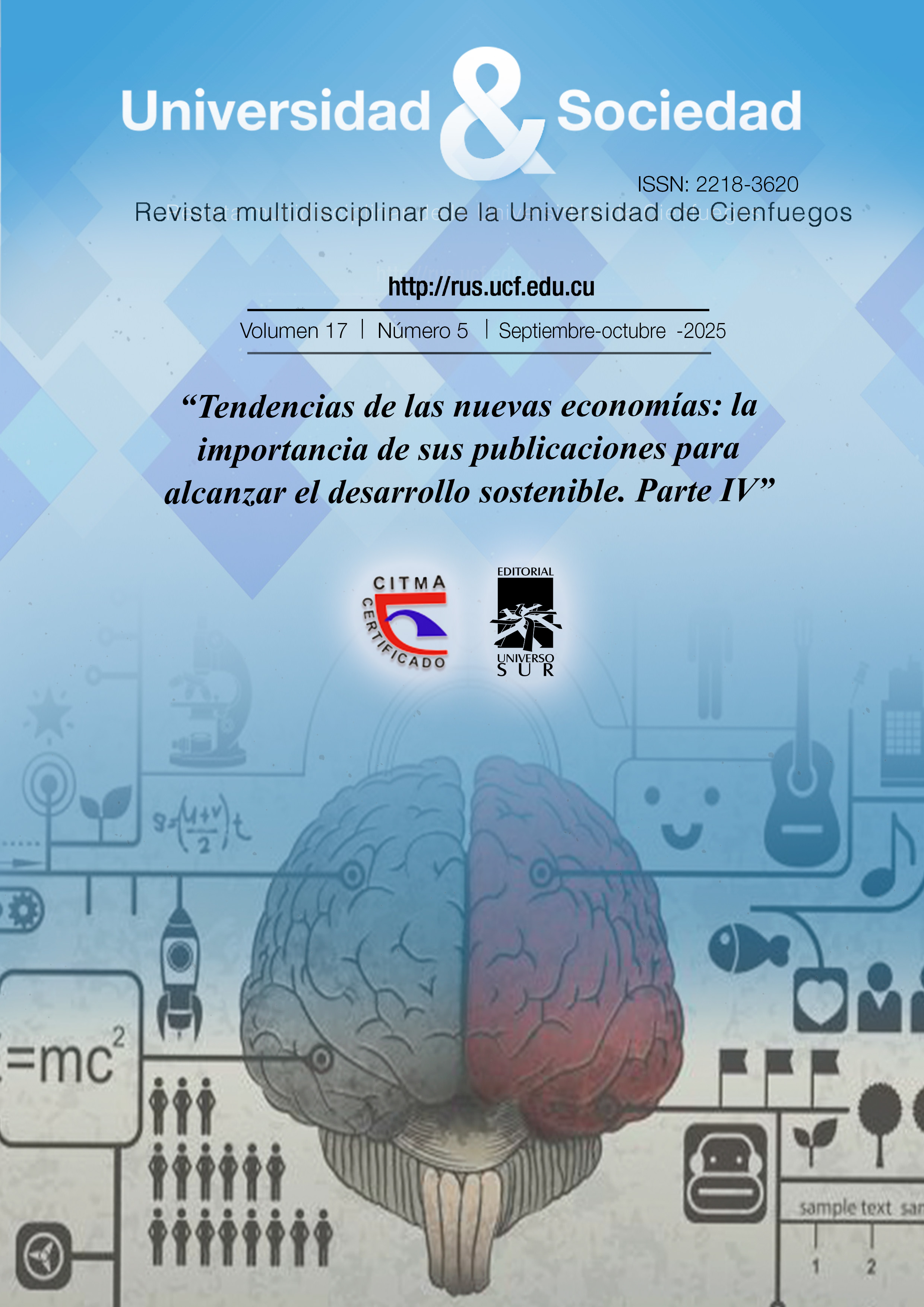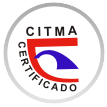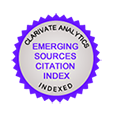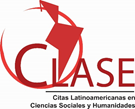Poverty, income inequality and informal employment in Lambayeque
Keywords:
Scarcity, Misery, Social exclusion, Hunger, WealthAbstract
The objective of this research is related to the study of poverty in the department of Lambayeque, in this regard, the period 2008-2023 was taken, using information included in the National Household Survey, and using the methodology proposed by Sabina Alkire and James Foster, the behavior of the three components of poverty was analyzed: Incidence, gap and severity, being able to determine a decreasing trajectory until the year 2019, and then, due to the effects of COVID-19, start an upward race again. Income inequality was studied using the Gini coefficient and the Palma index, which showed coefficients of variation of 5.10% and 11.12% respectively, which is less than 30% to show variability with respect to the mean, then leaving evidence rather of homogeneity, that is, that inequality has remained constant during the period analyzed. Similarly, another aspect of negative relevance is informal employment in Lambayeque, which is also a constant at the level of Lambayeque; with a coefficient of variation of 6%, it was 85% of the economically active population in 2008 and ended at 74% in 2023. Likewise, applying the poverty decomposition methodology, it was determined that for the period 2008-2019, economic growth is what allowed the reduction of poverty and rather income inequality contributed to its increase.
Keywords: Scarcity, Misery, Social exclusion, Hunger, Wealth.
Downloads
Published
How to Cite
Issue
Section
License
Copyright (c) 2025 Editorial "Universo Sur"

This work is licensed under a Creative Commons Attribution-NonCommercial-NoDerivatives 4.0 International License.
La editorial "Universo Sur", de la Universidad de Cienfuegos, publica el contenido de la Revista "Universidad y Sociedad" bajo una Licencia Creative Commons Atribución-NoComercial-SinDerivar 4.0 Internacional.
© Podrá reproducirse, de forma parcial o total, el contenido de esta publicación, siempre que se haga de forma literal y se mencione la fuente.










